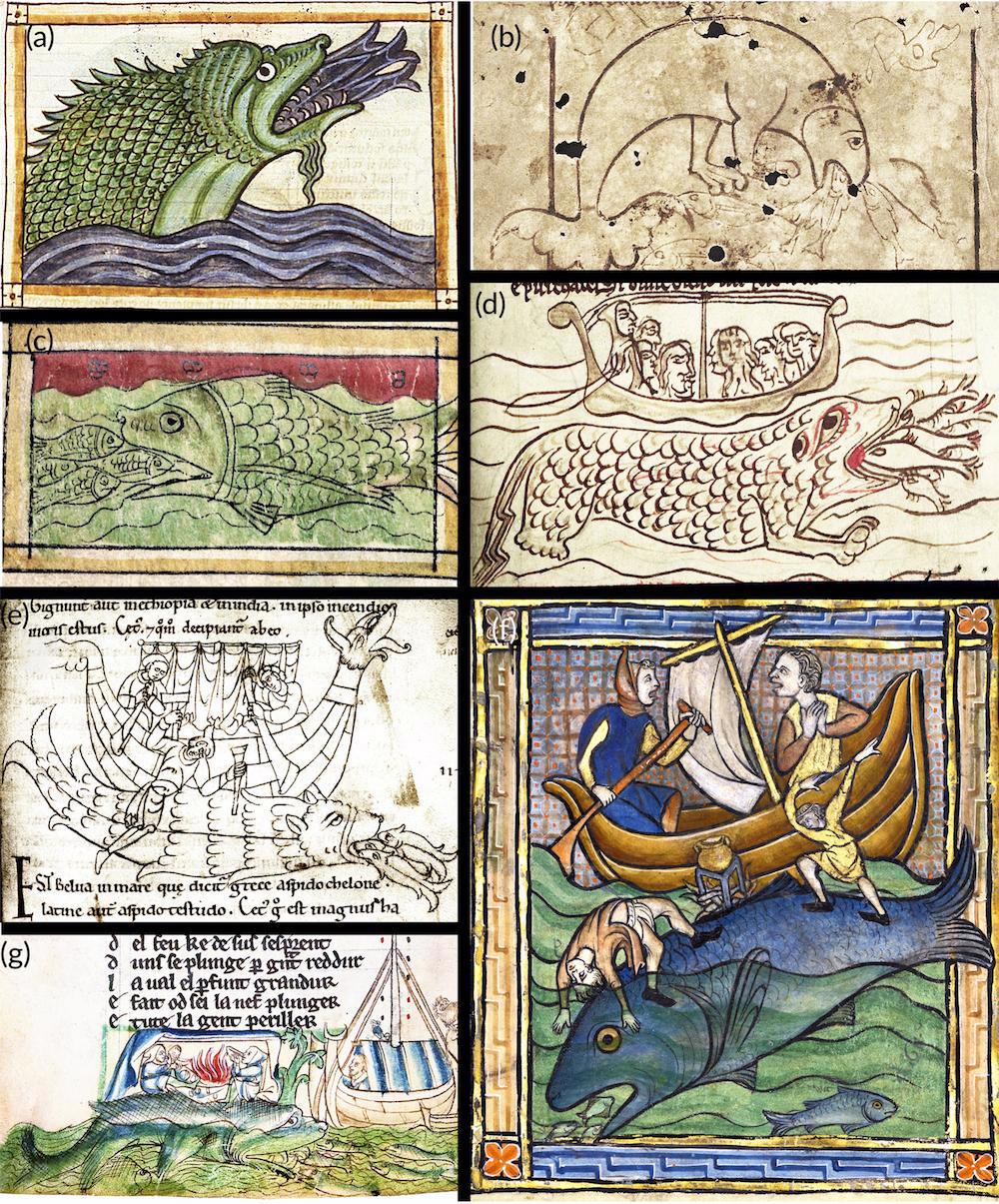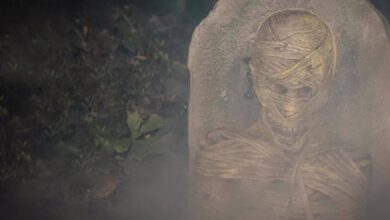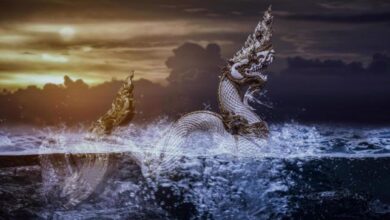A Boat-Swallowing Sea Monster of Norse Legends Still Lives Today

If you hang around the cryptid world long enough, you may come to the conclusion that every U.S. state has its Bigfoot, every lake has a lake monster, every country has a werewolf and every ocean has a kraken. It is the last one we’re talking about today as modern researchers studying the Icelandic version of the Kraken, the most well-known of the legendary sea monsters, think they’ve found the ‘hafgufa’ still living today. Before you go measuring your boat to see if it’s bigger than a hafgufa’s gaping ship-swallowing jaws, let’s find out what it really might be.
.jpg)
“There is a fish not yet mentioned which it is scarcely advisable to speak about on account of its size, which to most men will seem incredible. There are, moreover, but very few who can tell anything definite about it, inasmuch as it is rarely seen by men; for it almost never approaches the shore or appears where fishermen can see it, and I doubt that this sort of fish is very plentiful in the sea. In our language it is usually called the “kraken.” I can say nothing definite as to its length in ells, for on those occasions when men have seen it, it has appeared more like an island than a fish.”
Most stories of the hafgufa trace their origin to the “Konungs skuggsjá” (Old Norse for “King’s Mirror”),” a thirteenth-century Norwegian text that is encyclopedic or didactic in nature – covering many subjects of the time and told in the form of a father talking to his son. In fact, that was its original purpose – the seventy chapters were commissioned by King Håkon Håkonsson, the king of Norway from 1217 to 1263, to prepare his son Magnus Lagabøte, to take over upon his death. The King’s Mirror covered kingly subjects concerning trade, the hird (the royal army), chivalric behavior, strategy and tactics, but also informed the young man about traveling the sea and Norse nautical myths of the North Atlantic like mermaids, mermen and monsters.
“Nor have I heard that one has ever been caught or found dead. It seems likely that there are but two in all the ocean and that these beget no offspring, for I believe it is always the same ones that appear. Nor would it be well for other fishes if they were as numerous as the other whales, seeing that they are so immense and need so much food.”
Descriptions and paintings of the hafgufa make it sound more like a massive, island-sized fish or whale rather than a giant squid, but ‘kraken’ was a catch-all name for sea monsters so both were used. The most unique feature of the hafgufa, after its immense size, was the way it fed itself. Most accounts described the creature first opening its huge mouth, then emitting an enormous belch which spewed bits of half-digested fish into the water. This acted as chum to attract all sorts of fish to the burp buffet, whereupon the hafgufa reopened its mouth, often described as being the size of a sound or fjord, filled it until it could hold no more, and then swallowed them down. This sounds like a monster that kings and sailors alike should avoid, even if the king suspected there were only two in existence. Now, according to a new study, it turns out that was only one of the many things The King’s Mirror and the myths that followed got wrong about the legendary ship-eating hafgufa. How do the researchers know? They found two modern hafgulas! And they’re not the only pair either.
“Since 2014, similar and apparently novel cetacean feeding strategies have been observed at coastal locations in two species of balaenopterid whales at opposite sides of the planet.”
The secret to finding the modern hafgufa was that peculiar way of eating, according to a study published in Marine Mammal Science by researchers at Australia’s Flinders University. Study co-author Dr. John McCarthy, a maritime archaeologist in the College of Humanities at Flinders, explains to CNN that the two species are the humpback whale and the Bryde’s whale – the only living members of the genus Balaenoptera. Recent research has found that both species reportedly perform the hafgufa “belch” in order to attract live fish to eat. They keep their huge mouths open for longer than expected periods of time and the scientstis believe this was the inspiration for the legend of the island-sized hafgufa swallowing big fish, small boats and terrified sailors. In fact, it probably inspired sea monster stories told by Greek sailors and recorded in texts as far back as 150 CE. However, you may note a contradiction – these ancestors of today’s Balaenoptera whales were real.
“They could very easily have inaccurate information and alongside accurate information. We have no more ability to discriminate between those than they did at the time, except that we now know from modern science what species actually (exist) and what’s credible or not credible.”
McCarthy notes that both the King’s Mirror and the Greek text Medieval Bestiaries were by and large science textbooks rather than collections of folklore. In fact, in those days before cellphones, the artists who drew the hafgufa in paintings were as accurate as they could possibly be when taking into account that what they were drawing was moving fast … and quite possibly in their direction with a hungry look on its face. That is why some drawings showing two heads might actually be a drawing of a creature with a mouth and a blowhole.
“By finding these descriptions in medieval and ancient manuscripts, we were actually able to give scientists a lot of evidence that they assumed was lost.”
Dr. Erin Sebo, an expert in historic manuscripts at Flinders University, told ABC News that modern whale watchers at first thought this feeding technique known as trap or tread water feeding was something new that the whales had developed to adapt to changes in the availability of their favorite foods. (A depiction of a whale tread water feeding can be seen here.) They now know that it has actually existed for centuries and quite likely was known by Greek and Norse sailors – they just didn’t quite know how to describe it or draw it. Unfortunately, the fact that more whale watchers are seeing them performing the tread water feeding technique means the whales are doing it more precisely because foods are scarce due to overfishing and climate change.

“The nature of ancient historical source material means that theories linking them to real scientific or biological phenomena are often impossible to prove or disprove definitively but the theory presented here highlights the potential value of applying ancient or traditional ecological knowledge to modern scientific enquiry. There may be much more to learn about ocean life from medieval and from historical documents that predate human pressures on the marine environment, such as biomass reduction, biodiversity loss, and climate change.”
Thus, the researchers at Flinders University have proven that the hafgufa was a real creature and the sailors and kings who wrote about them and painted them were telling us the truth. Perhaps it is time to dig deeper into our sea monster myths for more examples of the real creatures that inspired them. Like the hafgufa, they may still be among us.




